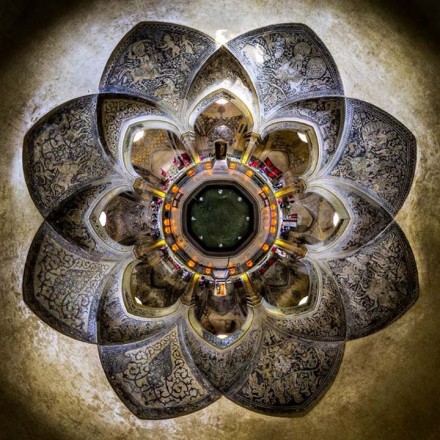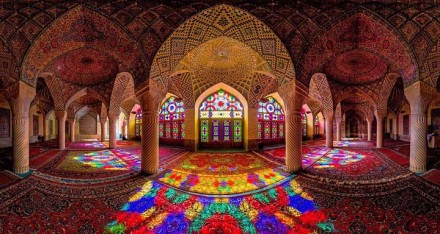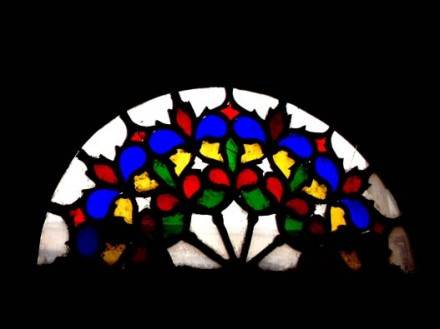Si-o-seh pol Allāhverdi Khan Bridge, popularly known as Si-o-seh pol [ˈsiː oˈseh ˈpol], “The bridge of thirty-three spans”) is one of the eleven bridges of Isfahan, Iran and the longest bridge on Zayandeh River with the total length of 297.76 metres (976.9 ft). It is highly ranked as being one of the most famous examples […]
The development of drama in Iran, like cinema, is intertwined with and infl uenced by the political and economic developments in the country. Since cultural and political policies often applied to both of these arts, and had similar consequences for both, the following is a brief presentation of the history and nature of drama in […]
On August 10, 1978, three men set fi re to the Rex Theater in the city of Abâdân, killing 300 people who were trapped inside. At the time, this was widely blamed on agents of the shah’s secret police (SAVAK). However, as the country went through the revolutionary turmoil, theater-burning became a common act by […]
Despite the common elements which hold it together, Islam is not and never has been an absolutely monolithic or homogeneous religion. Over the course of its history, it has given rise to many schools of thought and sectarian divisions as well as esoteric and mystical movements like Sufi sm. Very real and signifi cant divisions […]
As noted in the previous chapter, Islam came to Iran in the wake of the Arab conquests of the seventh century. Until the sixteenth century, the Iranian lands, or at least their major urban centers, were predominately Sunnite in orientation. A very large number of the most infl uential fi gures in the history of […]
The basic features of the religion of Islam are well known, and as they are common to Muslims in a variety of countries around the world as well as to those in Iran, they need only be summarized briefly here. The two absolutely essential doctrines of Islam, on which all others are based, are encapsulated […]
In the late 1950s and early 1960s, young critics and new filmmakers, who had studied film in Western universities, returned home. They were familiar with modern techniques and sensitive towards artistic quality and technical standards in the film. Their views refreshed the movie scene with new ideas different from common tradition. They viewed Iranian films […]
Following World War II, a breakthrough for Iranian cinema came when Esmâ‘il Kushân channeled his profi ts from dubbing foreign films into the production of films with sound in Iran. In 1947, he established a film studio, Mitrâ Film, followed by the production of Iran’s first feature-length sound film in 1948, Tufân-e zendegi (“The Tempest […]
From 1937 till 1947, foreign films continued their dominance, and Iran did not produce any films locally. During the 1940s, numerous restrictions were imposed on Iranian cinema resulting in the stagnation of local production. World War II also caused serious political and economic difficulties for the country and brought the fragile Iranian motion picture industry […]
With the establishment of the Pahlavi dynasty, the secularized state became a social and cultural force to encourage the spread of new ideas through new modes of communication. Rezâ Shah was a strong leader determined to push modernization of Iran against any opposition, even from the religious quarters. He supported the film industry as long […]



